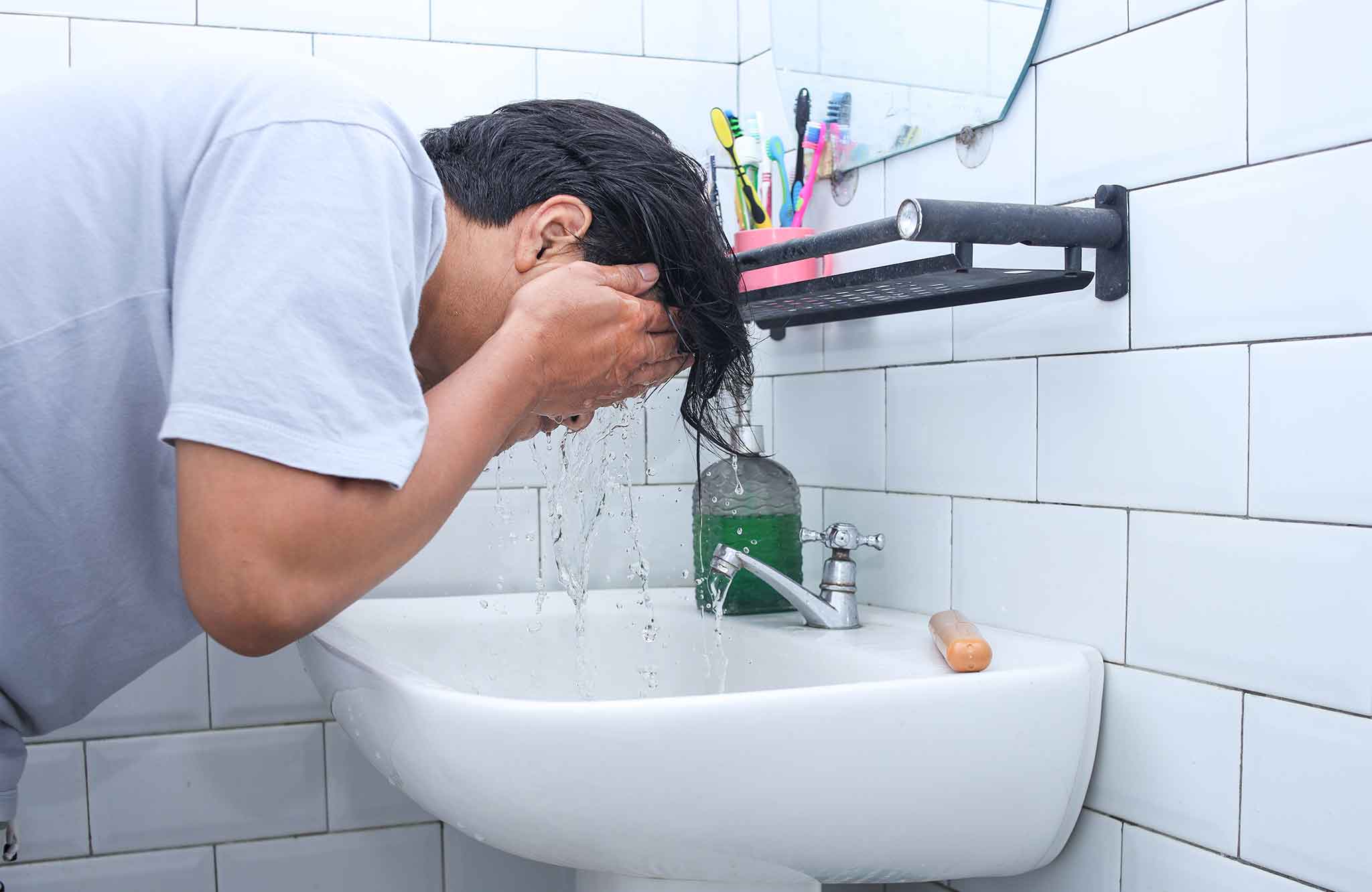
Understanding Iron in Water and How to Fix It
August 18, 2025

I saw this article and thought it was worth sharing. But before reading it, please understand that we at Finken understand the benefits of disinfecting drinking water as it travels...
June 28, 2017
Before diving into this article, it’s important to note that Finken understands the benefits of disinfecting drinking water as it travels from the municipal plant to your home. Since the U.S. began chlorinating water in the early 20th century, death and illness from microbiological contamination have significantly declined.
However, as this article explains, while chlorine is necessary for public water disinfection, once the water reaches your home or business, it’s best to remove this chemical before using it.
Most municipal water treatment systems in the U.S. use chlorine as a disinfectant. It effectively kills harmful bacteria and viruses present in groundwater. While authorities deem chlorine exposure in tap water as safe, it remains a toxic chemical, and ongoing daily exposure—whether by drinking or bathing—can have adverse health effects.
This article primarily focuses on the risks associated with bathing and showering in unfiltered, chlorinated water.
The real concern isn’t just chlorine itself—it’s the disinfection by-products (DBPs) it creates when added to water. One of the most concerning DBPs is Trihalomethanes (THMs), such as chloroform. These chemicals increase free radicals in the body, leading to cellular damage and heightened cancer risks.
According to a report from the U.S. Council of Environmental Quality, the risk of developing cancer is up to 93% higher among those exposed to chlorinated water.
Additionally, chlorine by-products have been linked to:
Many people invest in drinking water filtration systems to remove chlorine, but few realize that over half of daily chlorine exposure comes from bathing and showering.
A professor of water chemistry at the University of Pittsburgh states:
“Exposure to vaporized chemicals in the water supply through showering, bathing, and inhalation is 100 times greater than through drinking water.”
When hot water turns to steam, chloroform and other toxic chemicals evaporate into the air. These vapors are then inhaled directly into the lungs, allowing them to enter the bloodstream more rapidly than ingested water.
This exposure is particularly harmful to individuals with respiratory conditions such as:
Many people notice increased coughing, throat irritation, or difficulty breathing after showering in chlorinated water.
Beyond respiratory issues, chlorine strips the natural protective oils from the skin and hair, leading to:
Since hot water opens the skin’s pores, chlorine is absorbed even more quickly during showers and baths.
The good news is that reducing chlorine exposure is simple and affordable.
If you frequently take both baths and showers, the best option is a shower filter, as inhalation exposure during showers poses a greater health risk.
For comprehensive protection, consider installing a whole-house water filtration system to remove chlorine from every faucet in your home.
If you're looking for expert advice on water filtration, visit our Contact Page to learn more about your options.

Resources
